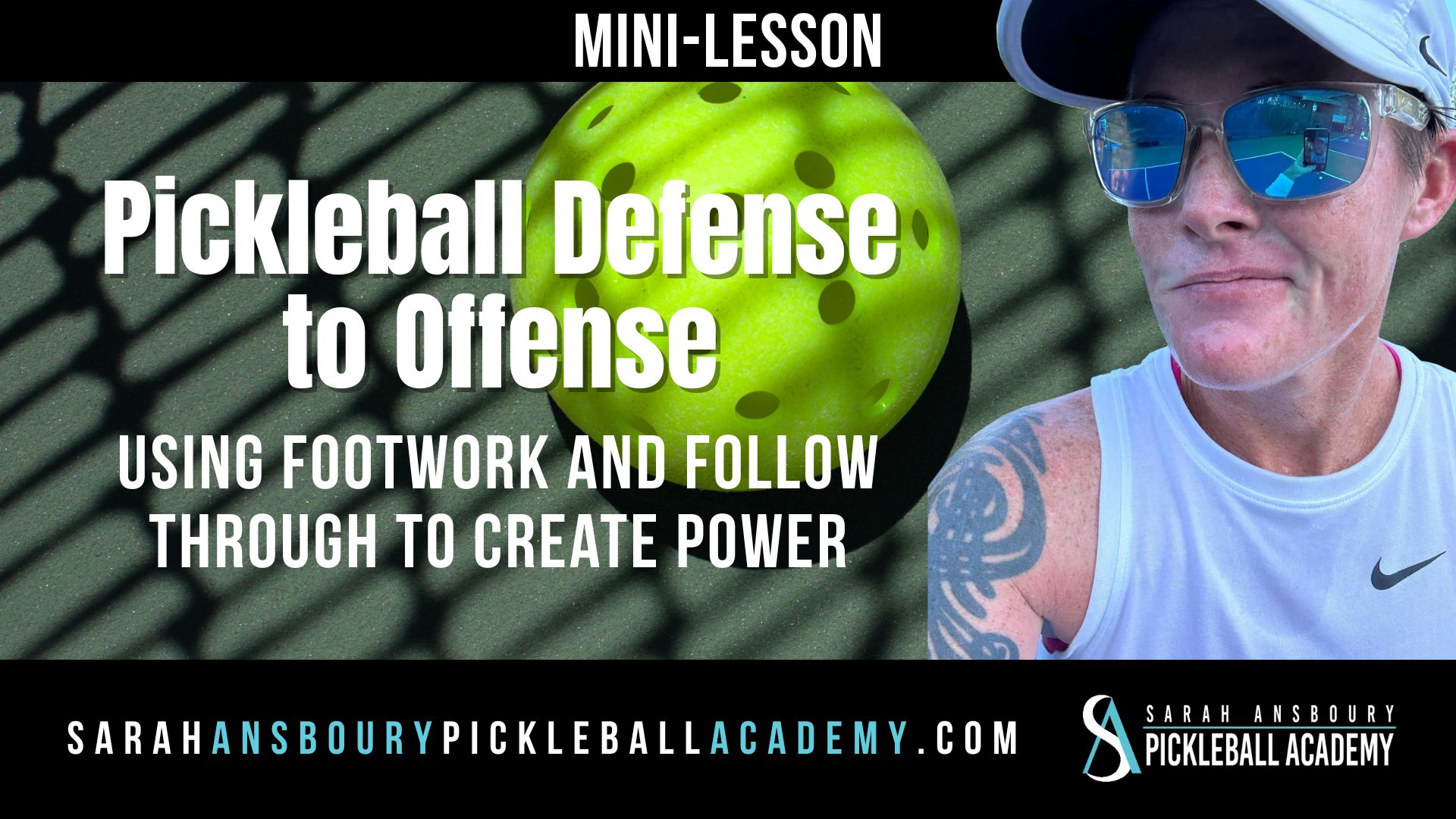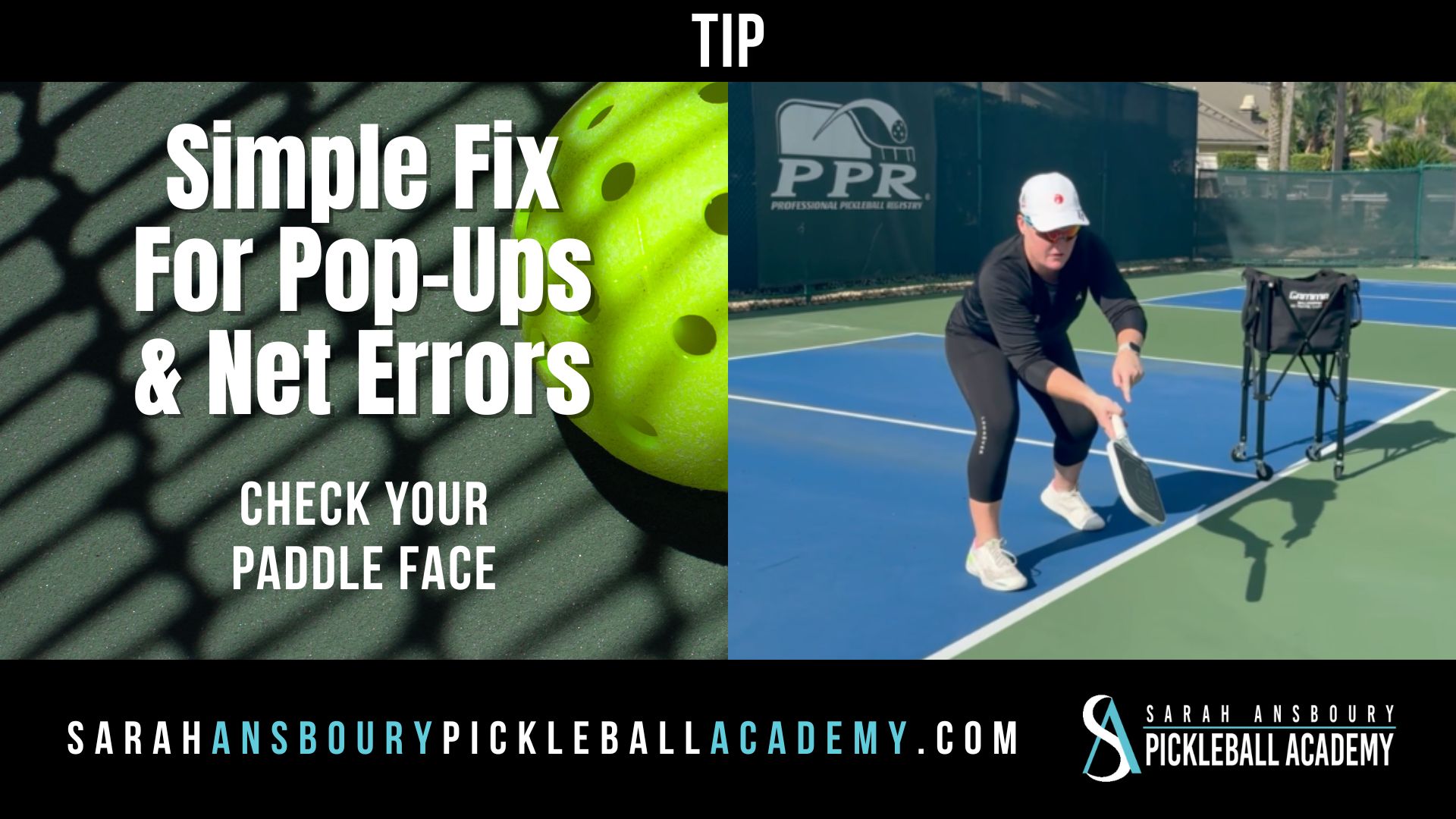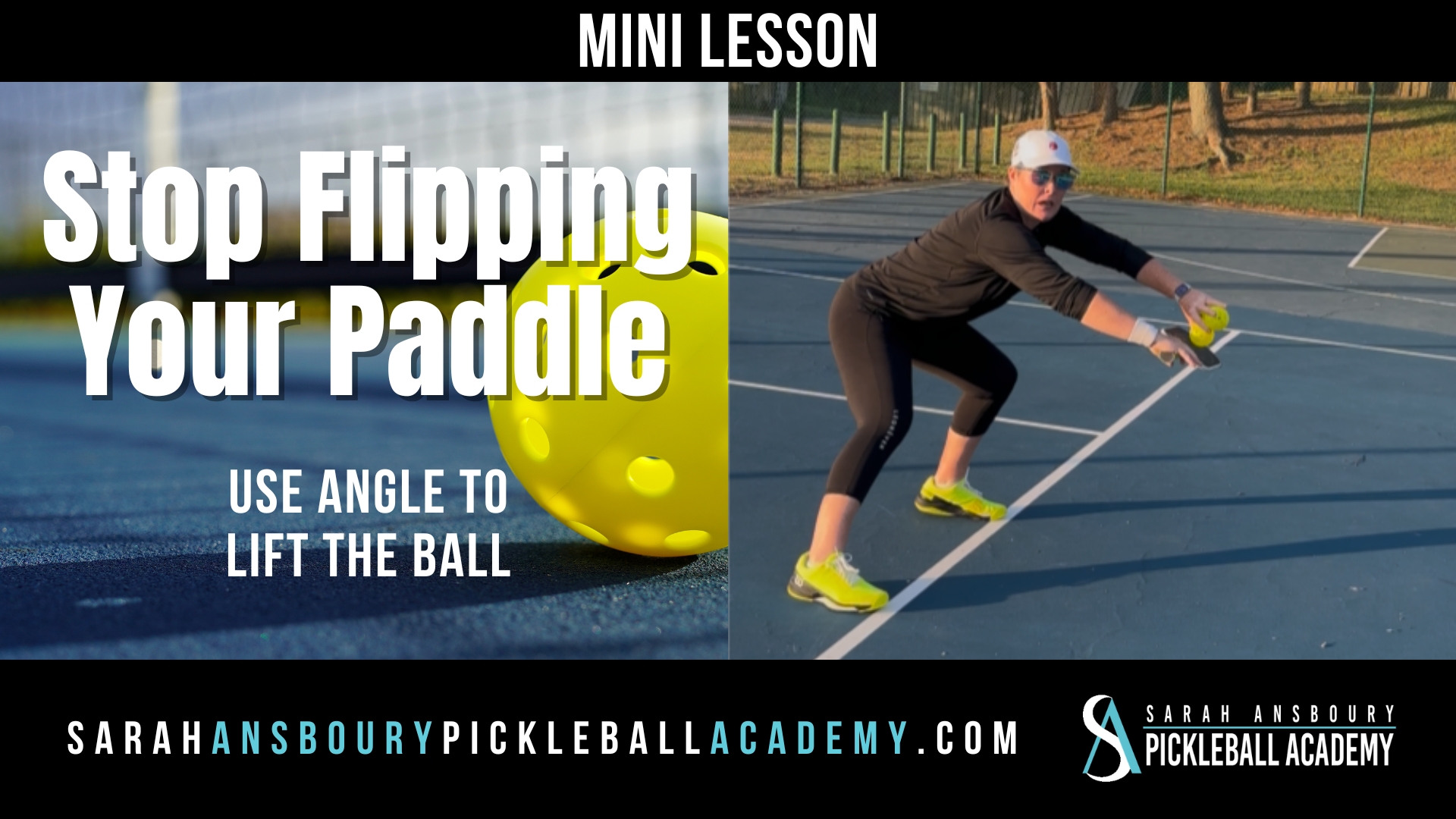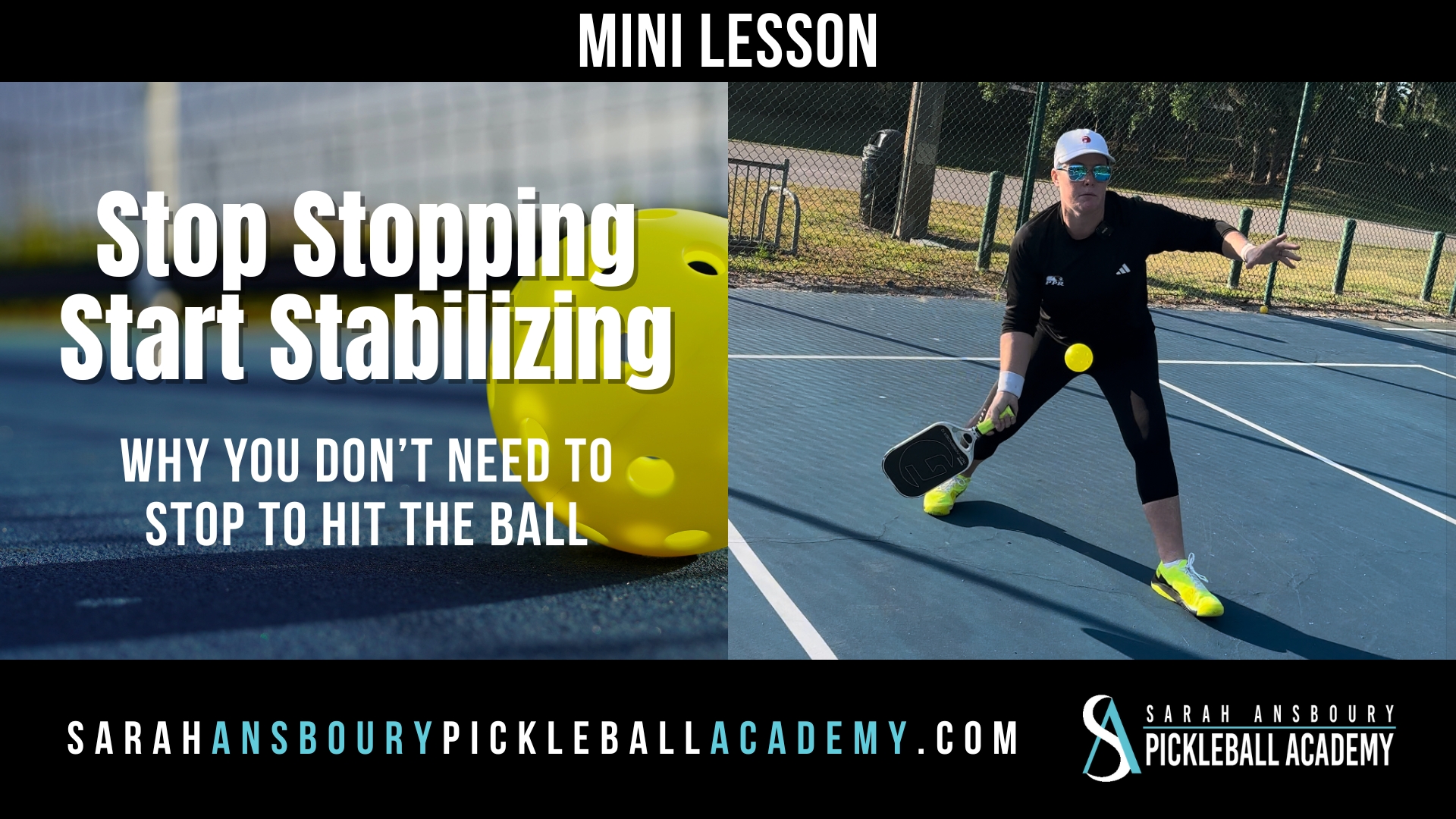There are times when your opponents will hit nearly every ball to your partner. You want to be part of the action and so you poach. But are you poaching effectively? Here are three things to consider.
#1. Poaching and Communicating with Your Partner
Good poaching occurs when you and your partner work together. Let’s say my partner is hitting the third shot drop. Ideally, as my partner hits their drop I start moving forward, looking to put pressure on my opponent and be able to poach. This is where knowing where my partner is going to hit is ideal. Ideally, I want them to hit the shot crosscourt into the non-volley zone about 18-24″ from the sideline. This allows me to poach much more easily because we have limited their options for returning that shot. If my partner hits their drop towards the center, it will be more difficult for me to poach because from this position my opponent can direct the ball just about anywhere. [Note, what I am describing is an advanced strategy. If you are a newer player and don’t have a great deal of confidence in your third shot drop aiming for the middle makes sense as the net is lower and you have a wider margin for error. I cover pickleball strategy in my ebook, 5 Steps to Better Pickleball.]
Good poaching is set up as a team. This is especially true when both players are at the non-volley zone. If the dinks are going sharply crosscourt, forehand to forehand, it will be very difficult for me to cut off a shot. If my partner is able to hit the ball behind the other player, it is more likely they will pop it up or hit it closer to the center of the court where I can attack.
#2. Poaching Requires being Set
If you are shuffling about with every single shot, you will never be set to hit the ball. We are often told to follow the ball…and this is good advice. But you can follow the ball with your paddle, what I call paddle tracking, without jumping about from side to side. Jumping about causes our paddle to drop. When we are in constant motion we are in a defensive position.
When you are poaching you want to be on offense. You want to generate power through the ball. Setting your body up properly with your hips, shoulders, and weight toward the ball allows you to not only get to the ball sooner, and generate more power but also allows us to be ready for the next 2 or 3 balls.
#3 Poaching and Control
Just because you finally got the ball doesn’t mean you have to finish the point. Too often we become frustrated because we aren’t able to participate in the point the way we would like. This often causes us to overdo it when we finally get a chance to hit the ball.
We need to learn to trust our partner that they will set us up again. If you aren’t in a good position, it is better to continue the point then to slam an off-balance poach into the net. Again, trust and communication are key. You can stay engaged in the point by calling the ball and tracking the ball with your paddle. When there is a long cross-court dink rally, it is likely that there is a player on the other side that isn’t engaged either. When we see them check out, drop their paddle, our best shot is to catch them off guard and cold. Effective poaching doesn’t always require a powerful shot…but it does require patience.










